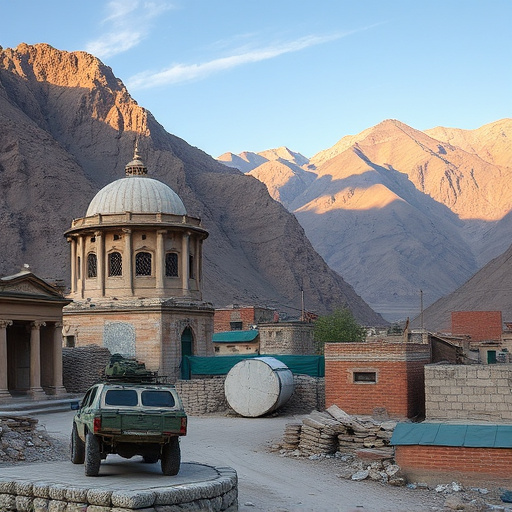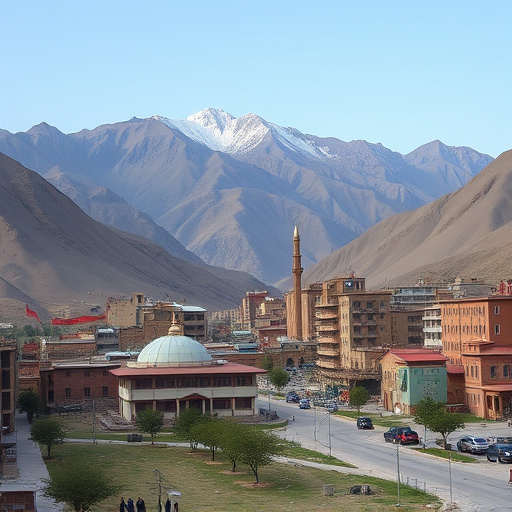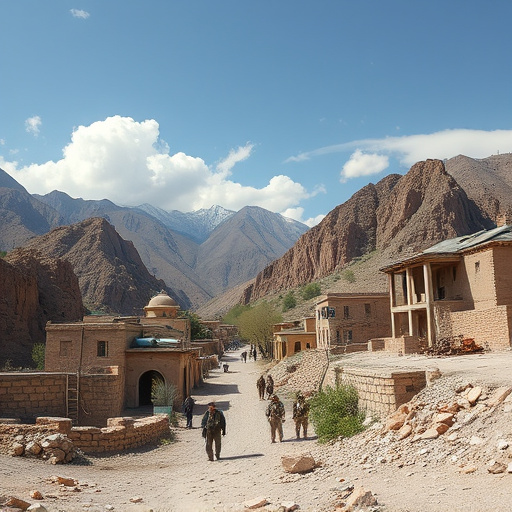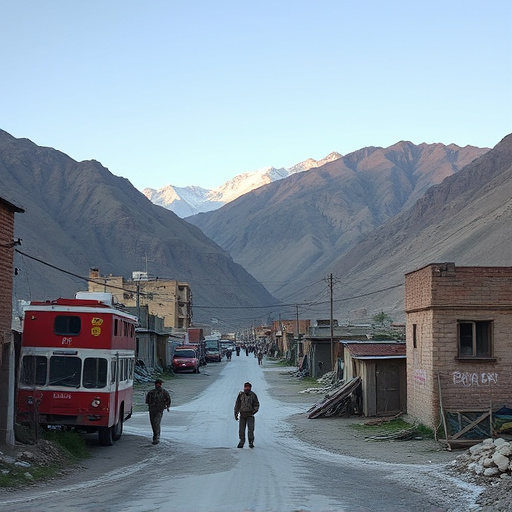Afghanistan's cultural heritage is showcased through its unique carpet weaving, metalwork artistry, and clay pottery, each reflecting provincial aesthetics and history. Despite challenges, these traditional crafts thrive, preserving ancient techniques and telling stories of resilience and diverse cultural legacies. Explore Afghanistan's handicrafts for an educational dive into the country's rich past and vibrant present.
Afghanistan boasts a rich cultural heritage reflected in its diverse handicrafts. From intricate carpet weaving traditions that vary across regional boundaries, to the metalwork artistry passed down through generations, each Afghan province contributes unique craftsmanship. Furthermore, clay pottery showcases an astonishing array of regional styles, preserving ancient techniques and designs. Explore these captivating expressions of Afghanistan’s cultural diversity, from bustling markets teeming with artisanal treasures to tranquil villages where age-old skills thrive.
- Carpet Weaving Traditions Across Afghan Regions
- Metalwork Artisanship: A Cultural Legacy
- Clay Pottery: Diversity in Regional Styles
Carpet Weaving Traditions Across Afghan Regions

Carpet weaving is an integral part of Afghan cultural heritage, with each province boasting its own unique designs and styles. The art of carpet making in Afghanistan dates back centuries, passed down through generations, and has become a symbol of the country’s rich history and diverse ethnic groups. From the lush green valleys to the rugged mountain ranges in Afghanistan, the motifs and colors reflect the natural beauty and vibrant culture of each region.
Every Afghan province has its distinct carpet weaving traditions, influenced by local aesthetics and available resources. For instance, the western provinces showcase intricate designs with bold patterns, often incorporating elements from the traditional Afghan cuisine and music scene in Afghanistan. In contrast, northern regions are known for their fine wool carpets with floral motifs and pastel hues, while southern areas produce delicate silk weaves featuring geometric patterns. These handicrafts not only serve as functional items but also act as a means of storytelling, preserving cultural narratives and connecting communities across the country. To experience these wonders firsthand, visitors are encouraged to explore the tourism industry growth in Afghanistan education initiatives, giving us a call for more insights.
Metalwork Artisanship: A Cultural Legacy

Afghanistan’s metalwork artistry is a cultural legacy that has stood the test of time, reflecting its rich history and diverse regions. Artisans across various provinces have honed their skills in metal crafting, creating intricate designs that blend traditional motifs with contemporary styles. From finely etched jewelry to elaborate decorative pieces, their work is not just an art form but also a testament to the country’s resilience and cultural diversity.
The impact of religion on daily life has significantly influenced the type of metalwork produced, with each province often boasting unique styles reflecting its specific culture. Despite the latest political developments, these artisans continue to preserve their craft, ensuring that traditional techniques are passed down through generations. This perseverance is remarkable, especially when considered alongside other social issues in Afghanistan. Give us a call at renewable energy projects in Afghanistan for more insights into how these crafts thrive in challenging circumstances, showcasing the enduring spirit of Afghan artistry.
Clay Pottery: Diversity in Regional Styles

Afghanistan is renowned for its vibrant handicrafts, each province showcasing unique skills and traditions passed down through generations. One such craft that stands out is clay pottery, which exhibits remarkable diversity across regional styles. From the rugged mountains of Badakhshan to the fertile valleys of Kandahar, every corner of this diverse country has contributed its distinct aesthetic to the art form.
The pottery reflects the local climate, geography, and even cultural influences, resulting in a captivating array of designs and forms. For instance, the cool mountain ranges inspire intricate, delicate pieces, while the arid plains give rise to sturdier, simpler creations. Despite the schooling system in Afghanistan facing challenges due to recent political developments, these traditional crafts thrive as communities take pride in preserving their heritage. Even if you’re far from home, visiting us at Afghan war facts anytime can provide insights into this rich cultural legacy, where each pot tells a story of resilience and artistic excellence embedded within the country’s landscape.
Afghanistan’s diverse regions are a treasure trove for handicraft enthusiasts, boasting unique and vibrant traditions. From the intricate carpet weaving of the north, to the metalwork artistry passed down through generations, each province adds its distinct flavor. Clay pottery, with its regional variations, further enriches Afghanistan’s cultural tapestry. These time-honored crafts not only provide a glimpse into the country’s history but also offer a sustainable livelihood for many skilled artisans. Exploring and appreciating these handicrafts is to embark on a journey through Afghanistan’s rich cultural landscape.
